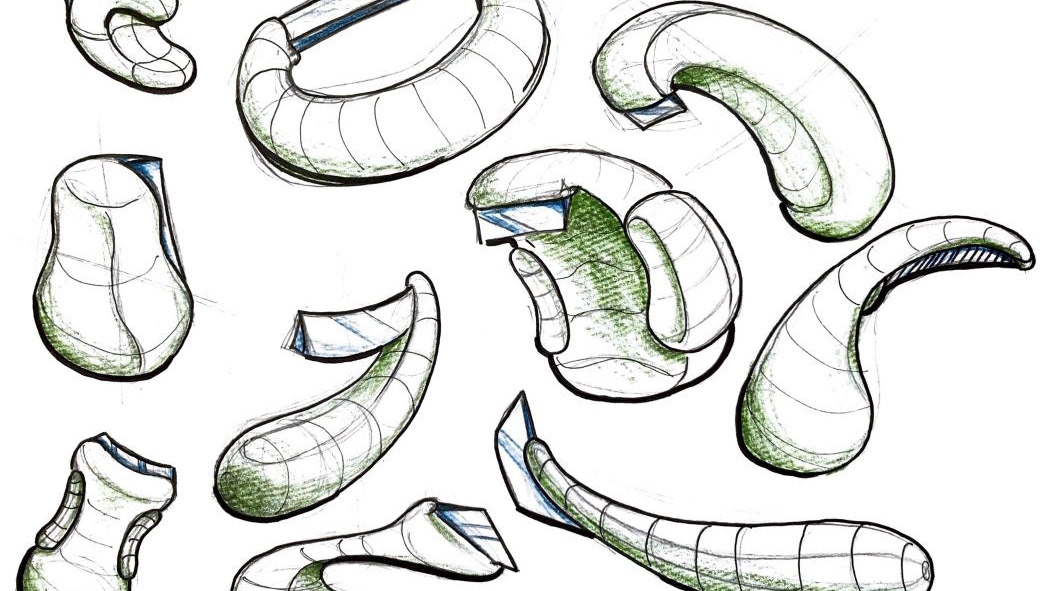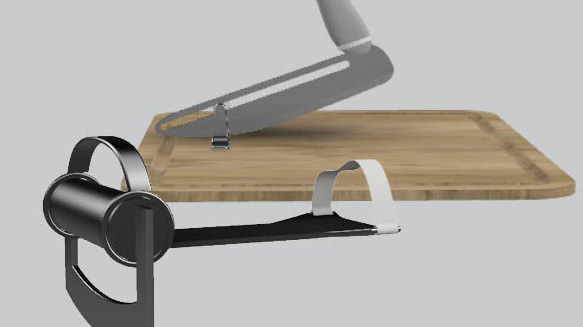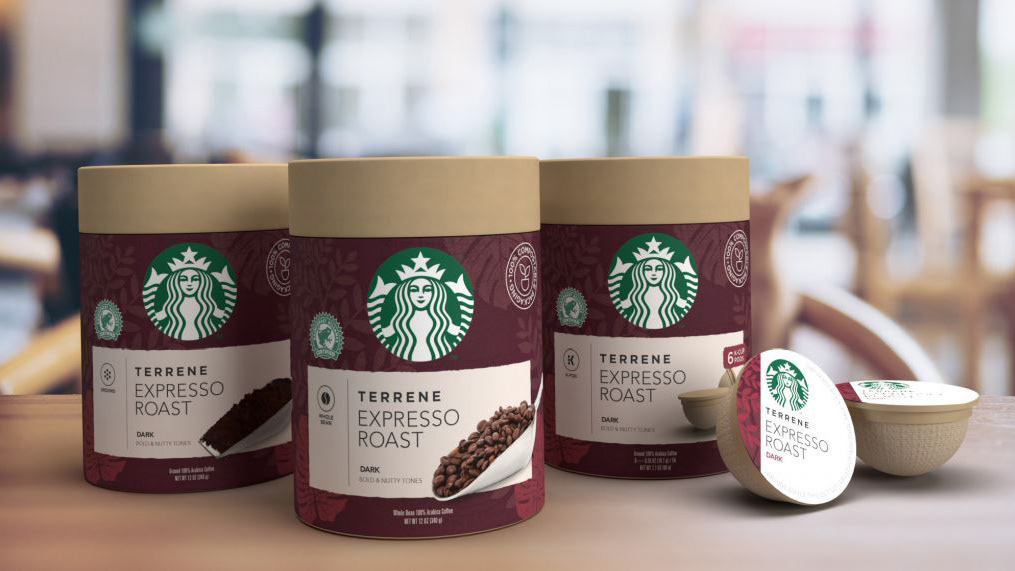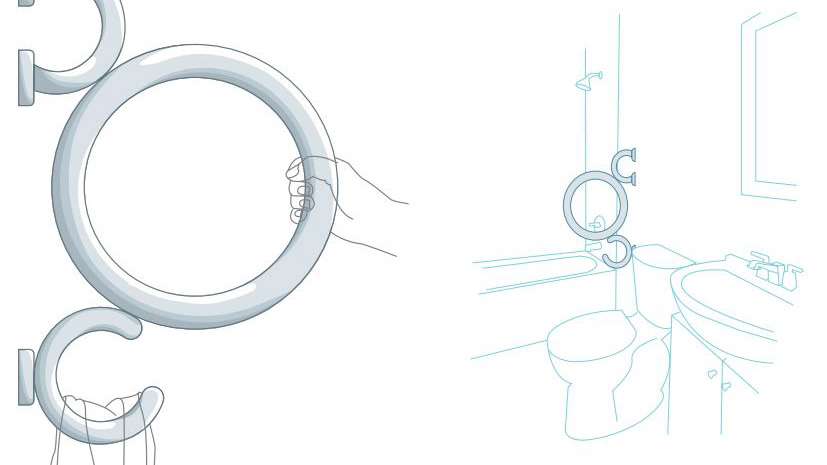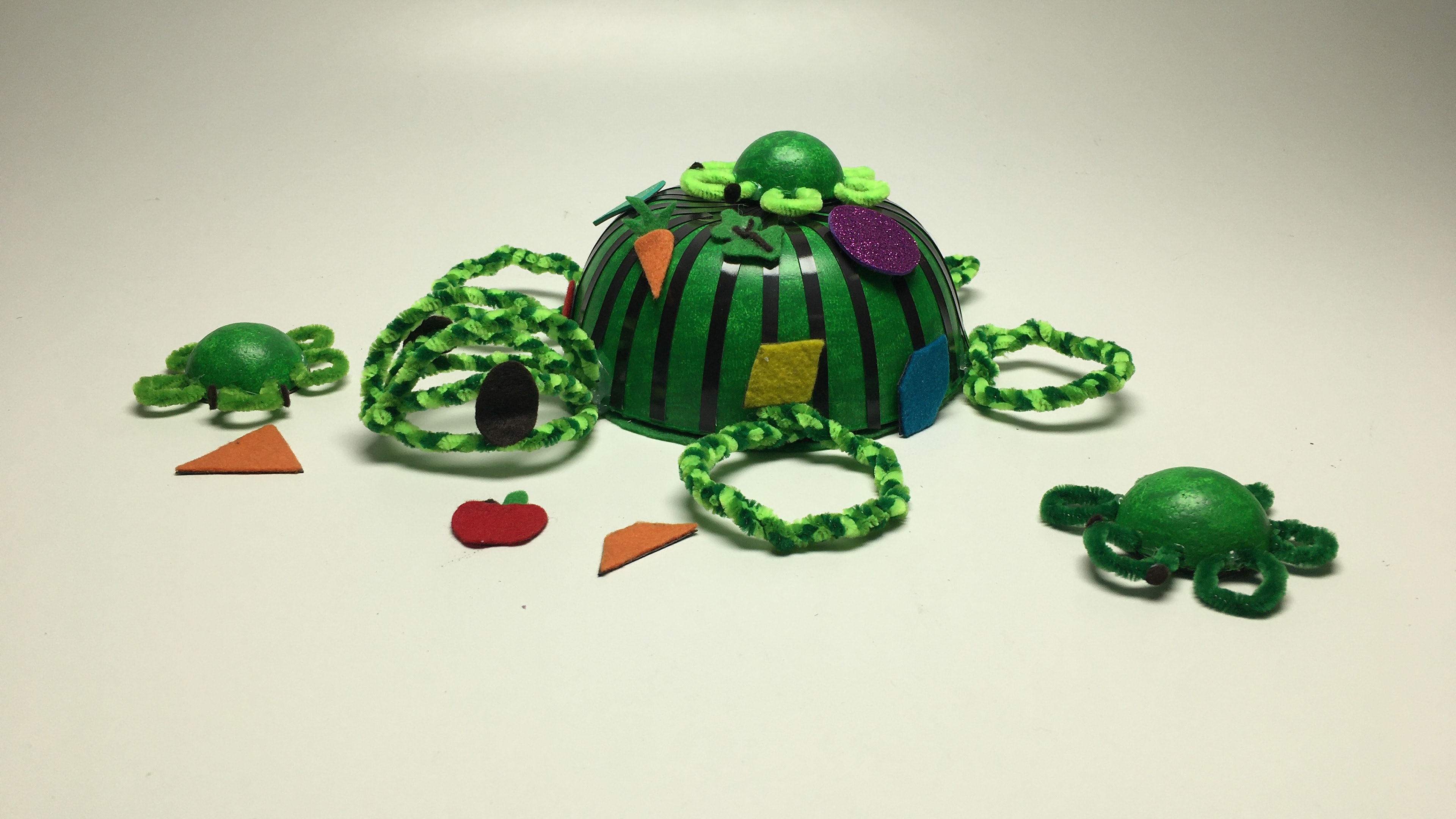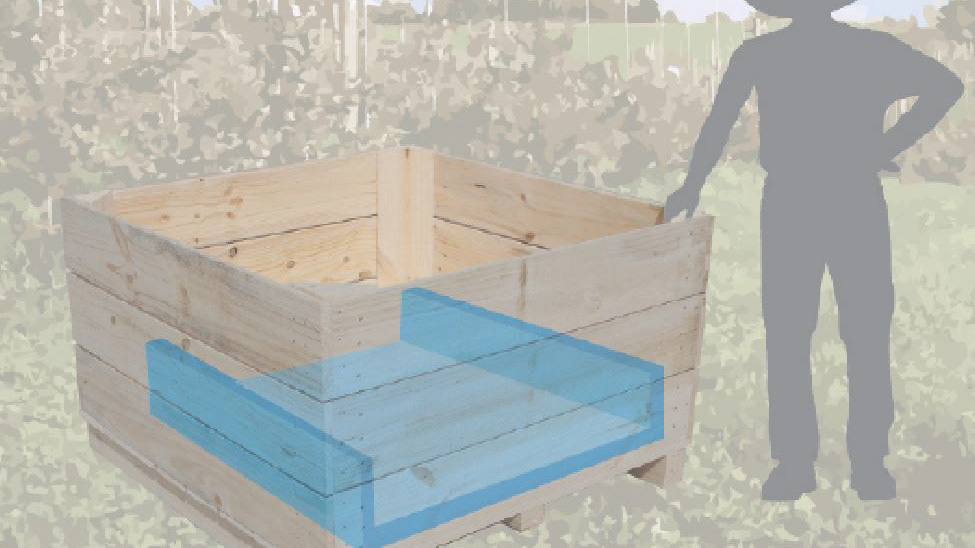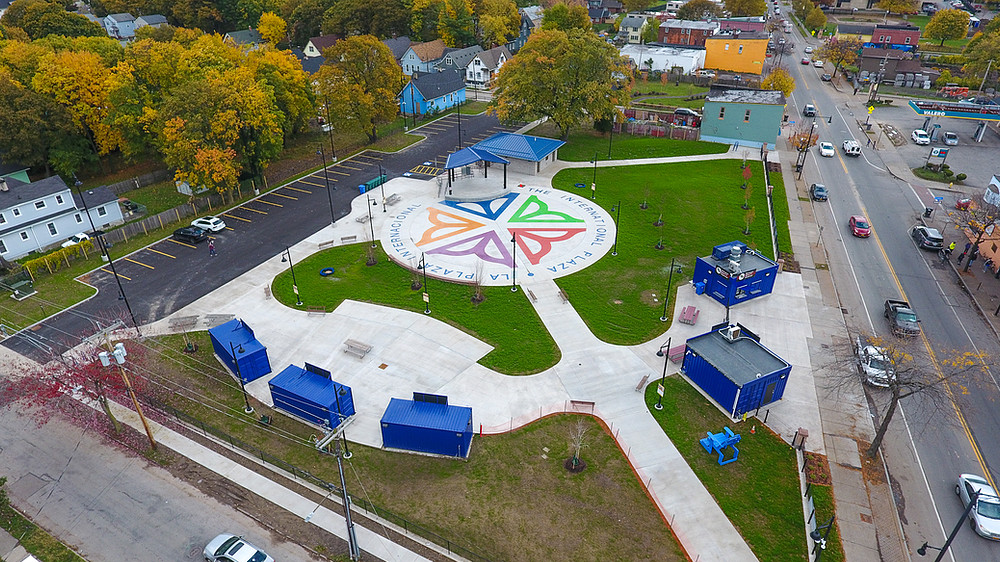Configurable design for transporting field research equipment through wetlands
About the project
Date: Fall 2021 through Spring 2022
Solo Project, Senior Capstone
I chose to work with wetlands to support my strive to make the world a more sustainable place. Wetlands are critical ecosystem for many walk of life, including people living in or near these ecosystems. As climate change continues to impact our daily lives, I wanted to design a product for those trying to learn about, understand, and protect these ecosystems.
The Clients:
This project was designed for marine biologist and coastal ecologist working to save the critical and delicate wetland ecosystems across the united states. Experts reached out to include Dr. Christy Tyler from RIT College of Science, PH.D. student Jamie Thompson from Texas A&M Galveston, head of Texas A&M Galveston Sea Life Facility Katie St. Clair, and my twin sister undergraduate marine biologist Channing Green.
Design Goals
Problem Statement
Design a product solution to make the process of conducting field research in wetlands more efficient and comfortable for members of academia while being less disruptive to the environment.
Criteria
Customizable Cleanable Storable Affordable
Impact
By starting with directly impacting the ability to research wetlands, this could lead to a greater understanding of how the habitats impact humanity and other species. Wetlands play a huge part in flood control around costal cities which are only getting more out of hand with climate change. Additionally, this product could benefit fishing and other conservation industries as well as potential recreational use.
Design Process
Divergent Sketching and Ideation
My concepting started with 3 broad categories for wetland field research before focusing in on equipment transportation


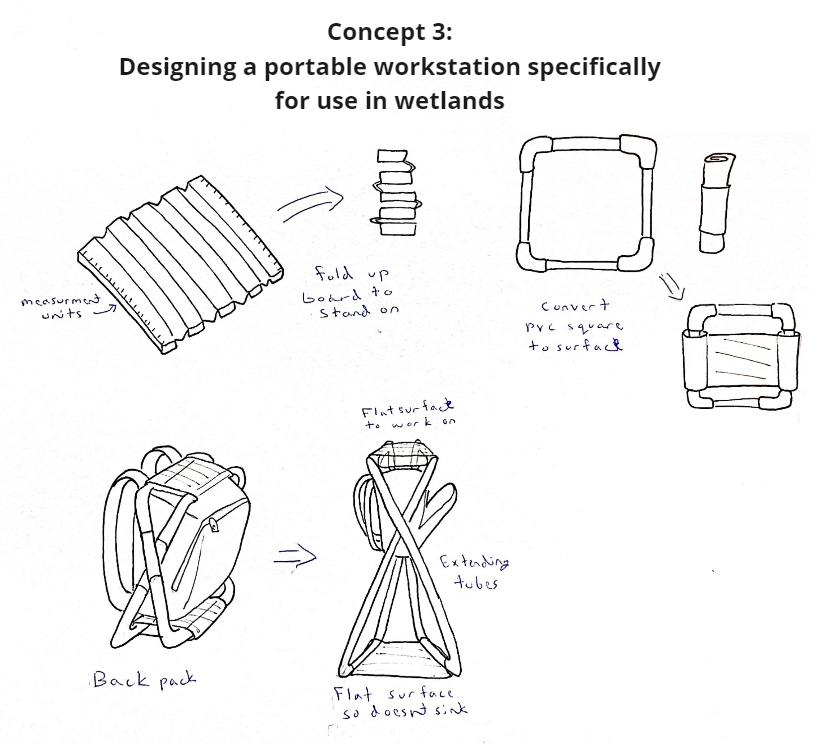
Refined Concept: Transportation Sled Design
What equipment goes in the sled?
A huge variety of equipment can be needed for different research products so my design needed to be configurable from project to project. This is just a few of the different things field researchers would be transporting.
Prototyping
My prototyping process started as earl has taping out squares on the floor and putting rough pieces of paper outlining potential equipment. Next steps were upcycling my own personal collection of cardboard before building various prototypes of accessories out of foam, paper, wire, and tape.
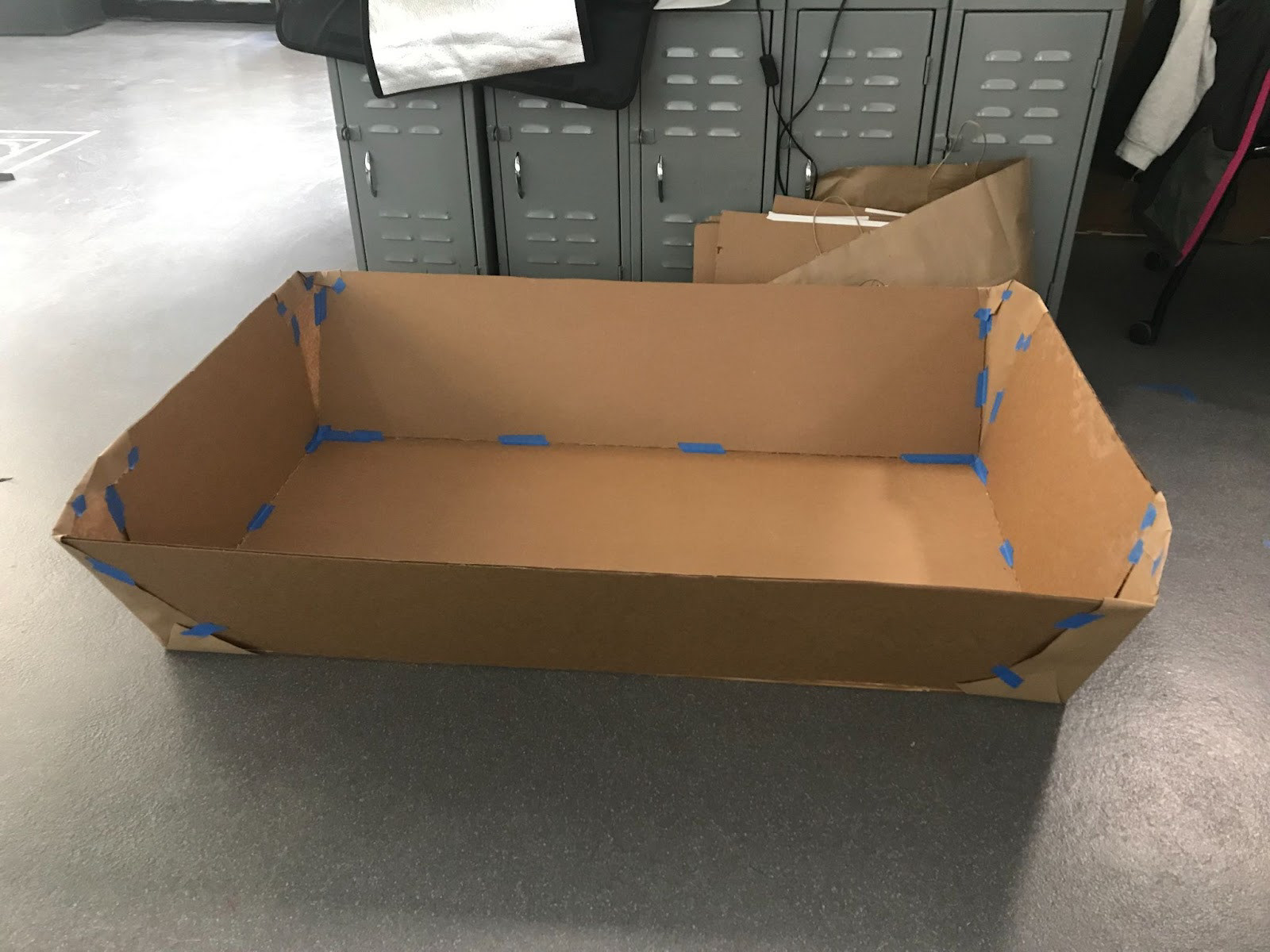
Cardboard prototype for scale
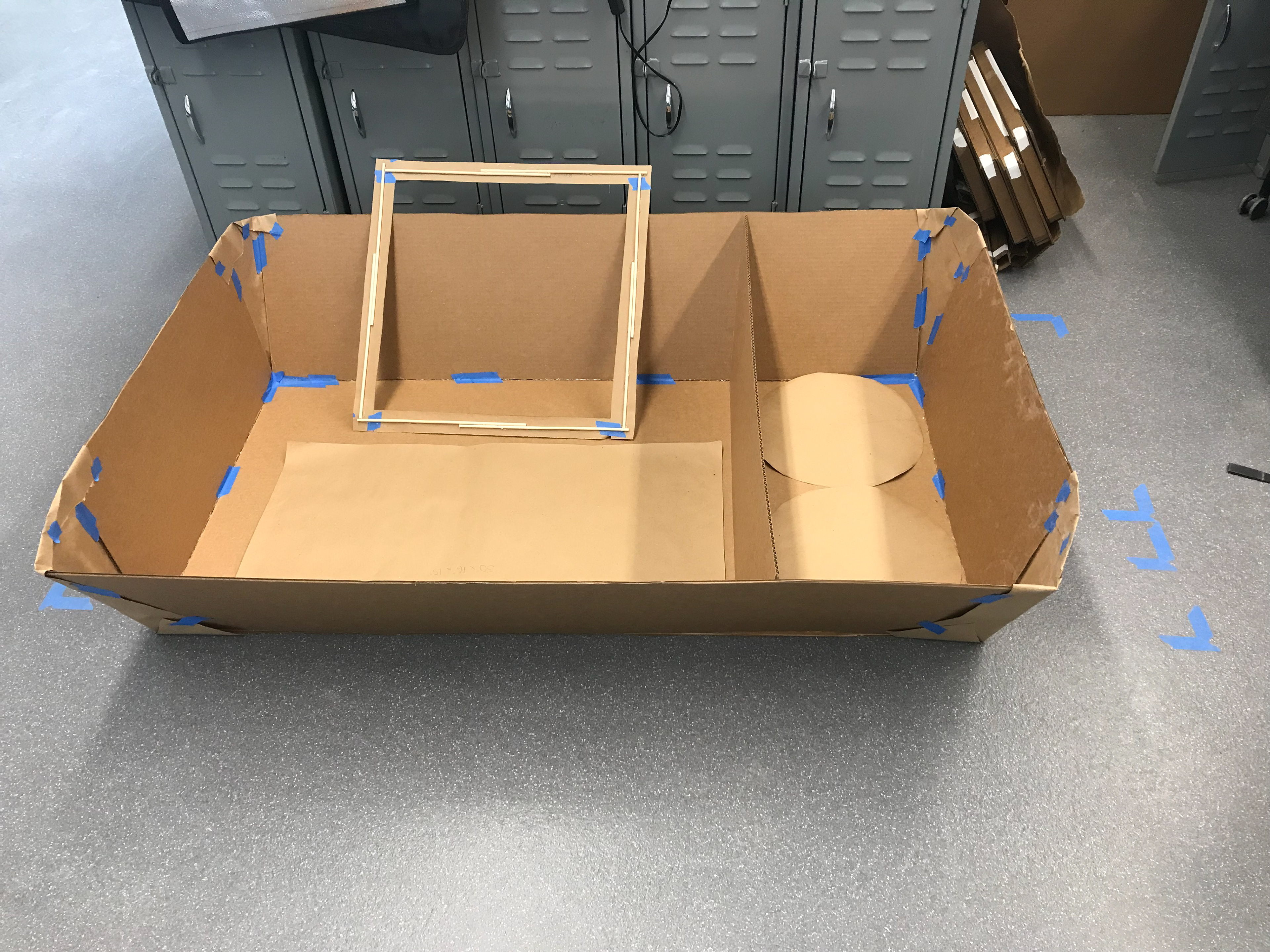
Cardboard prototype with paper equipment

Sled with floor grid for divider
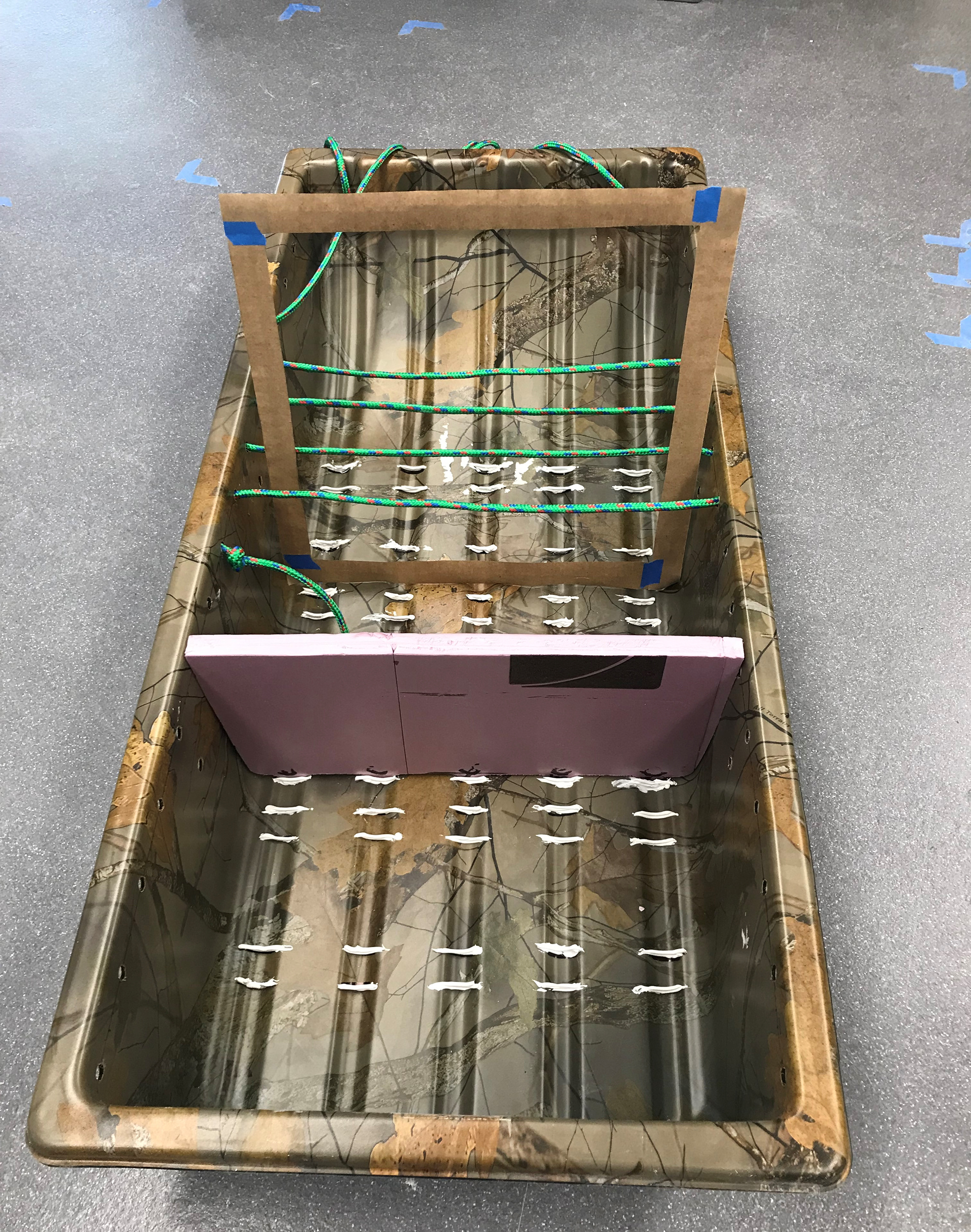
Sled with divider and ropes
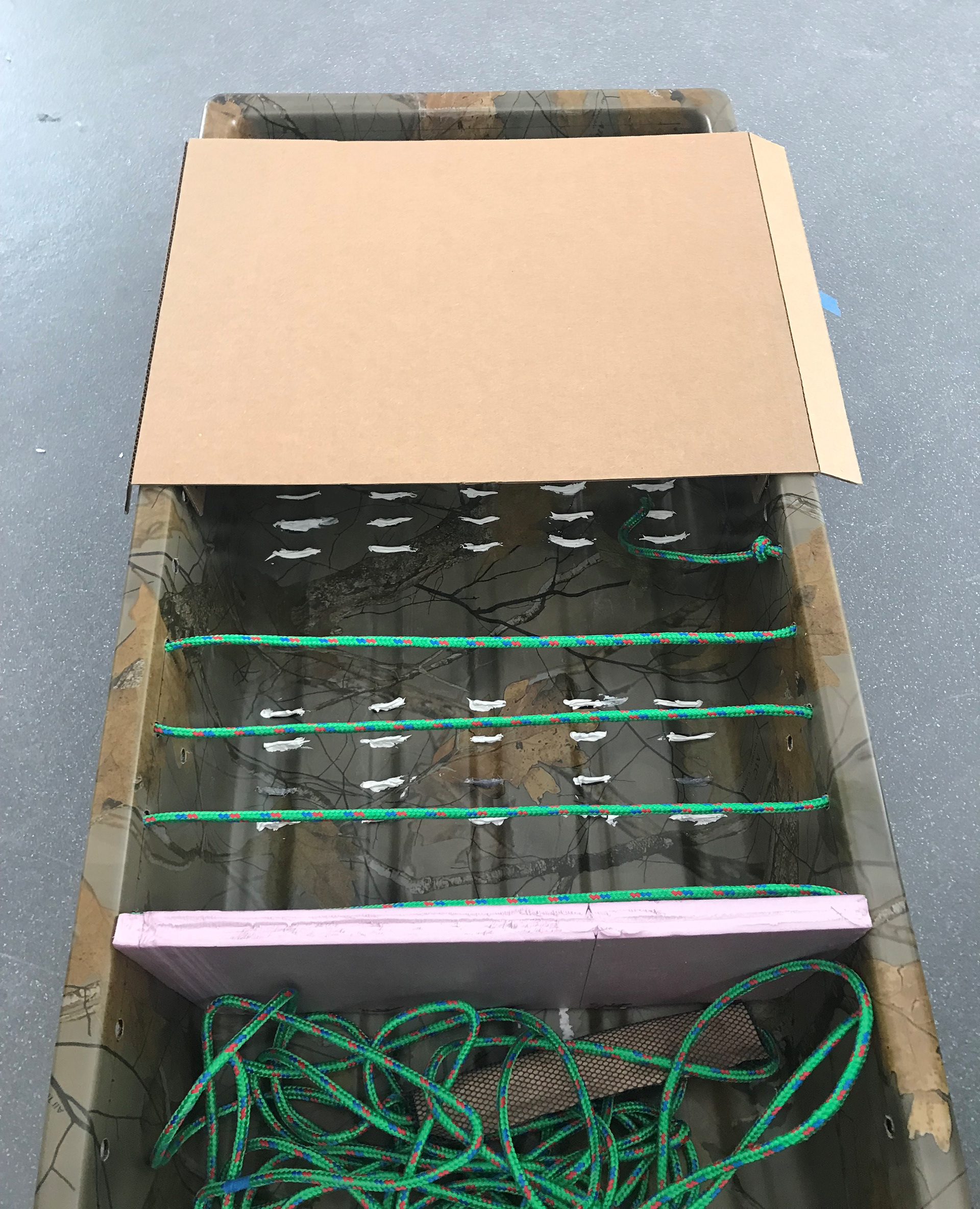
Sled with ropes and flat surface
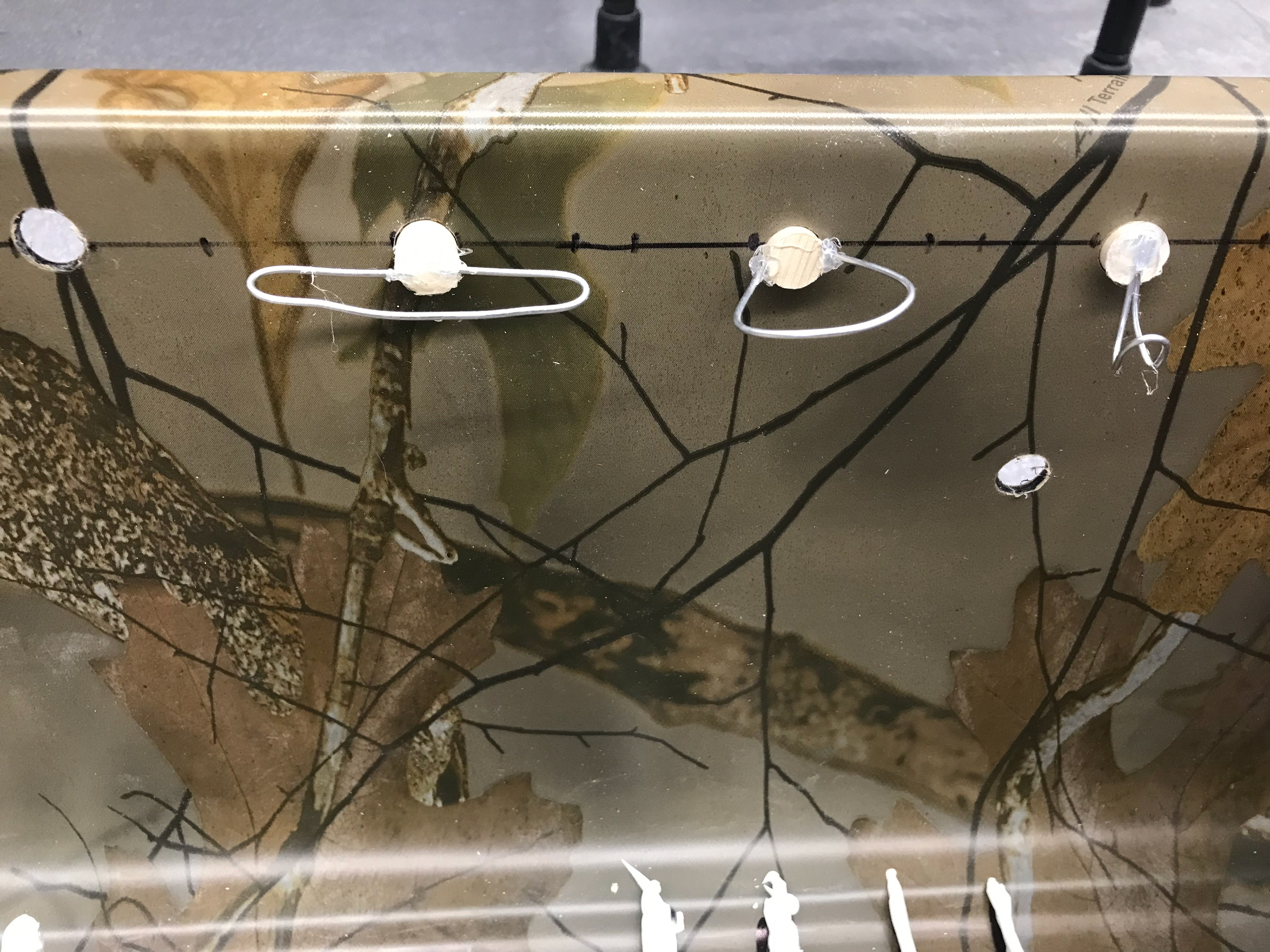
Small hole inserts
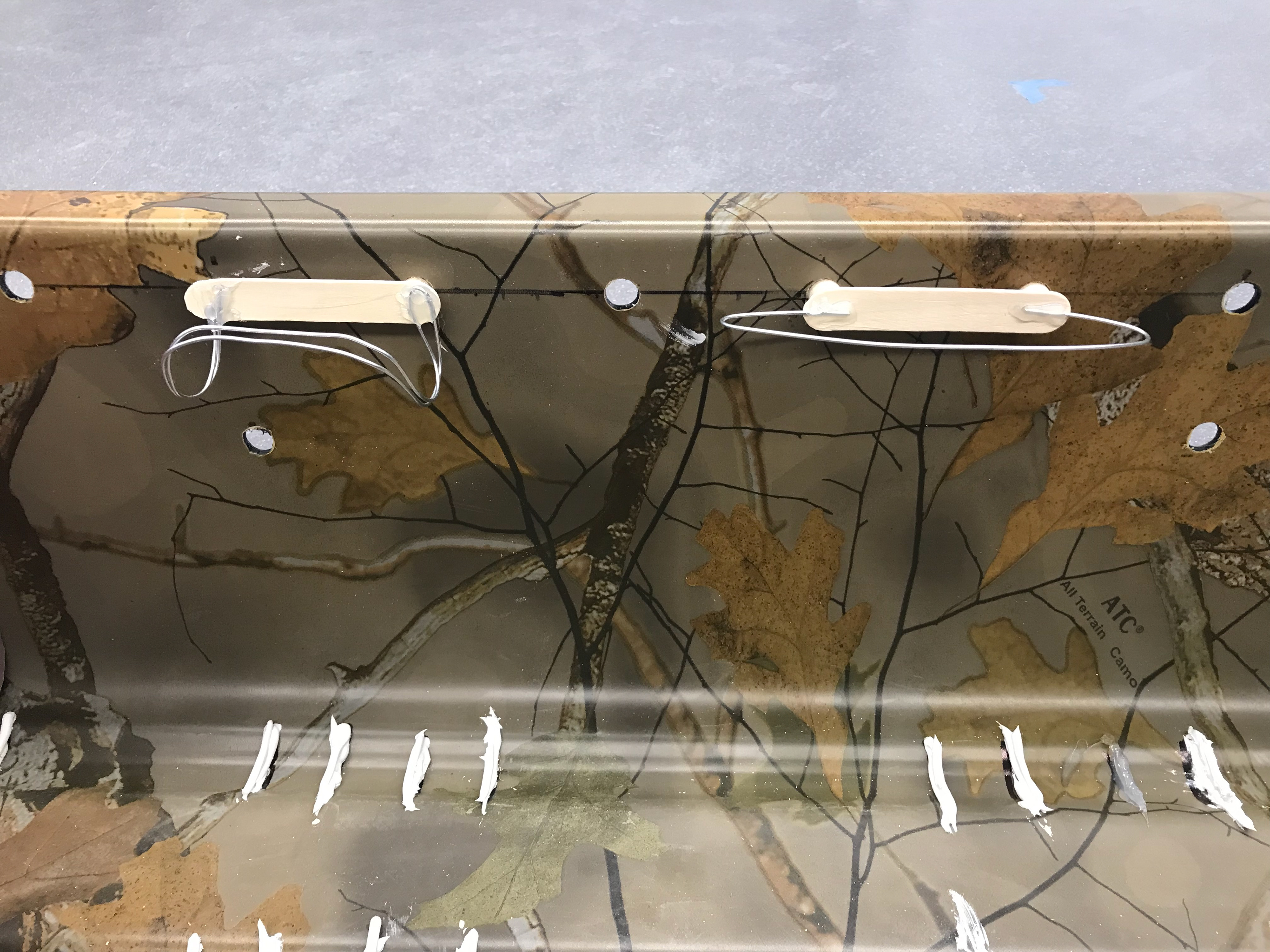
Long hole inserts
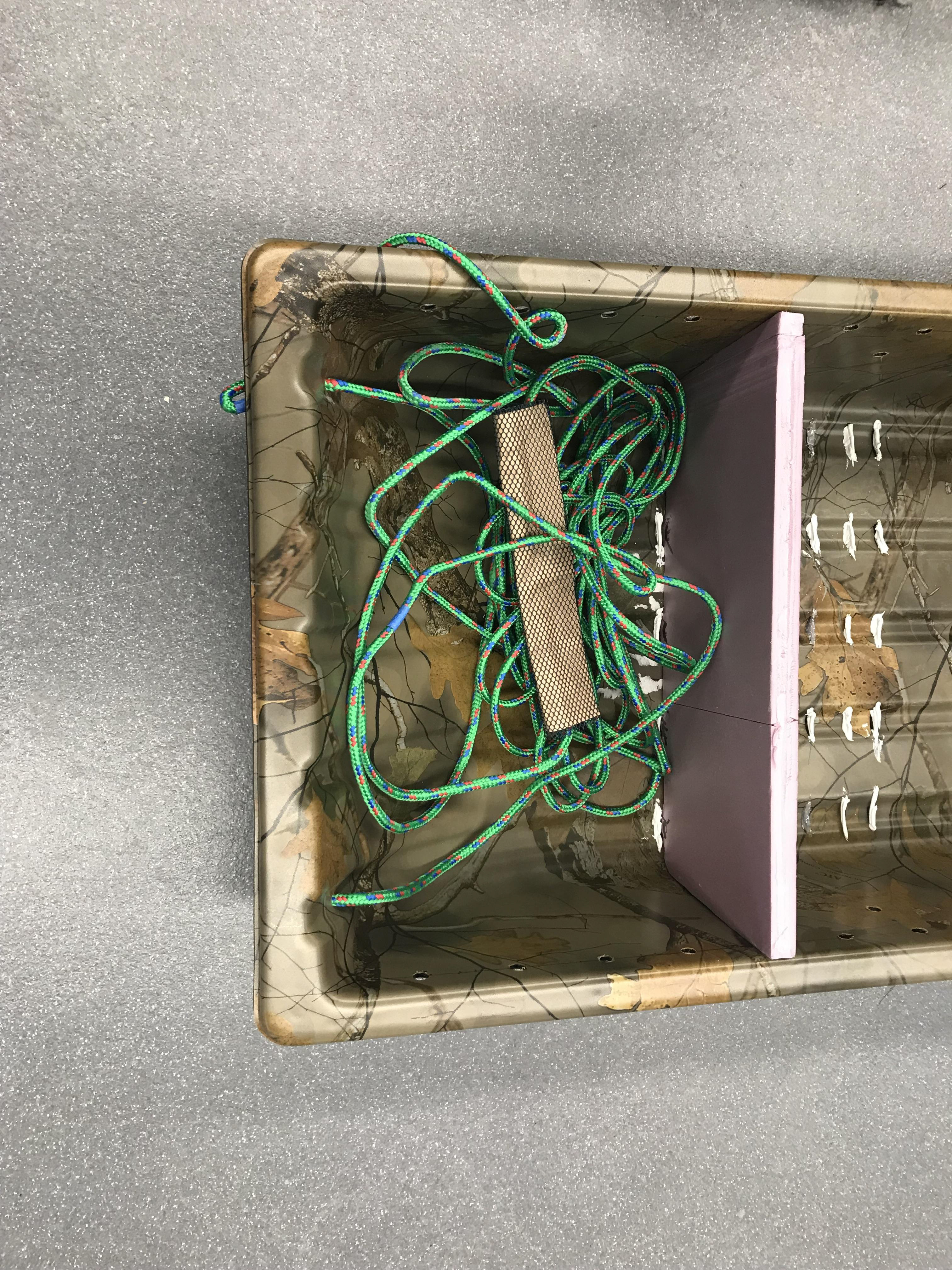
Sled with rope stored
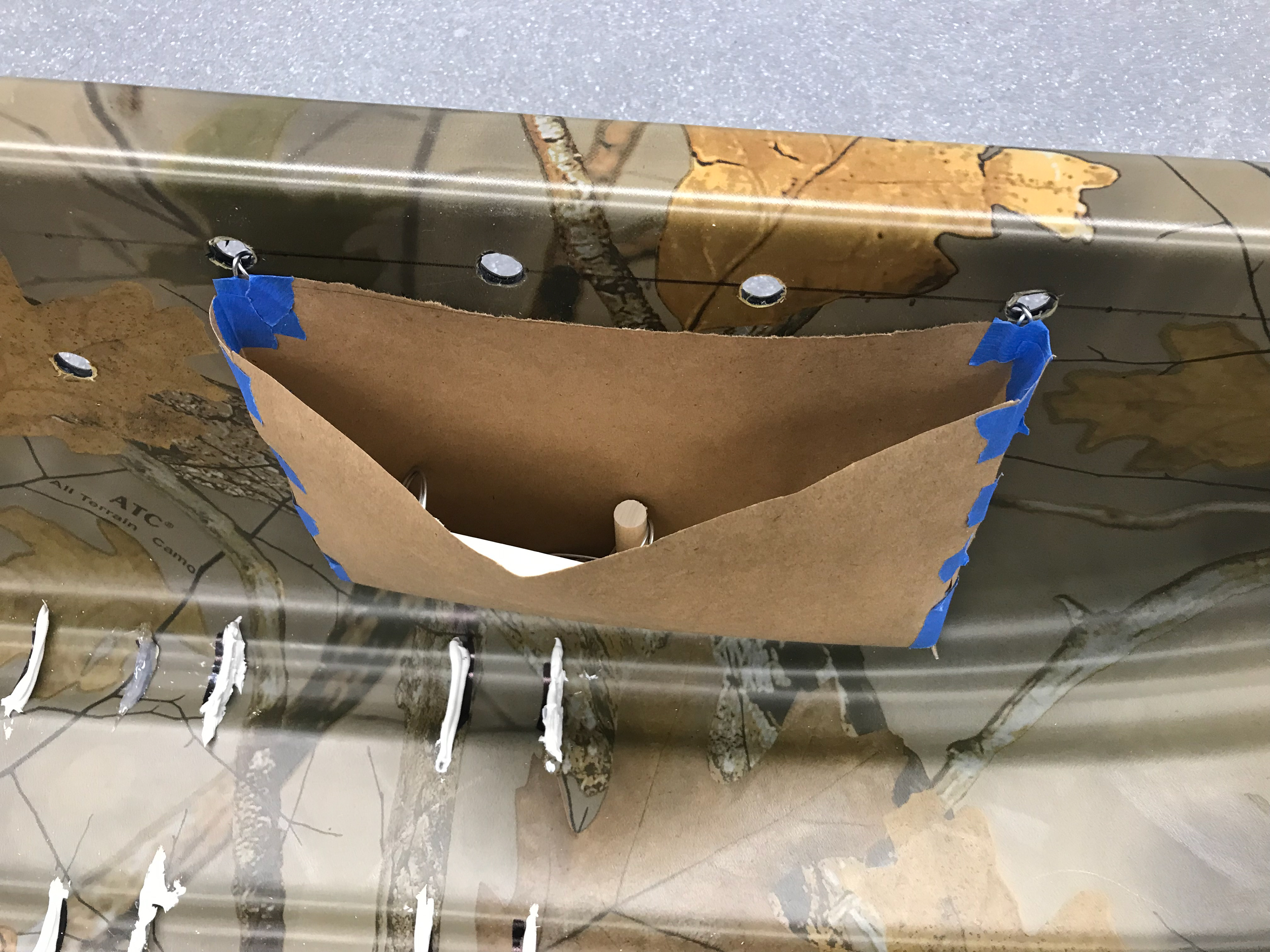
Hanging pocket
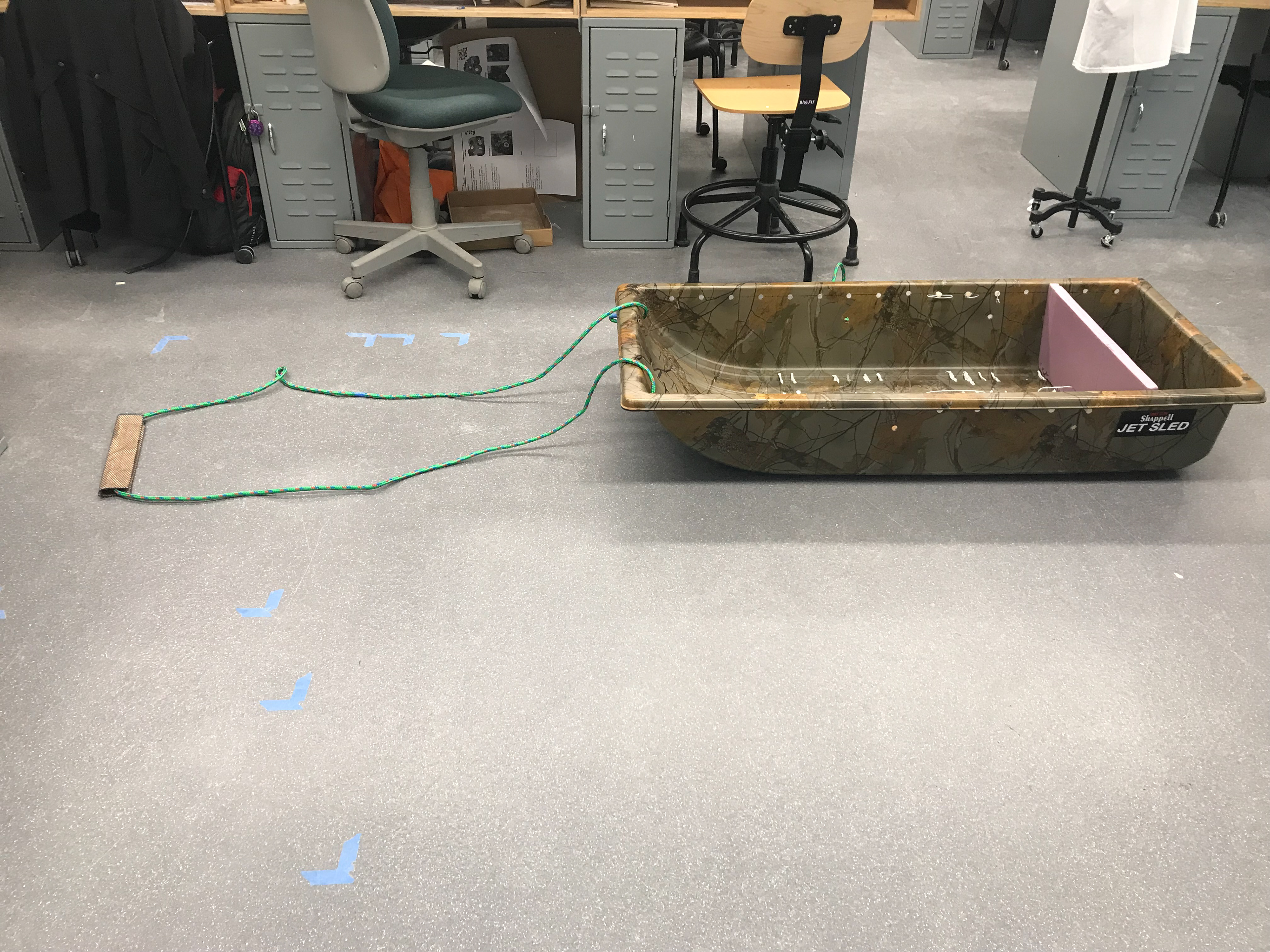
Full image of sled
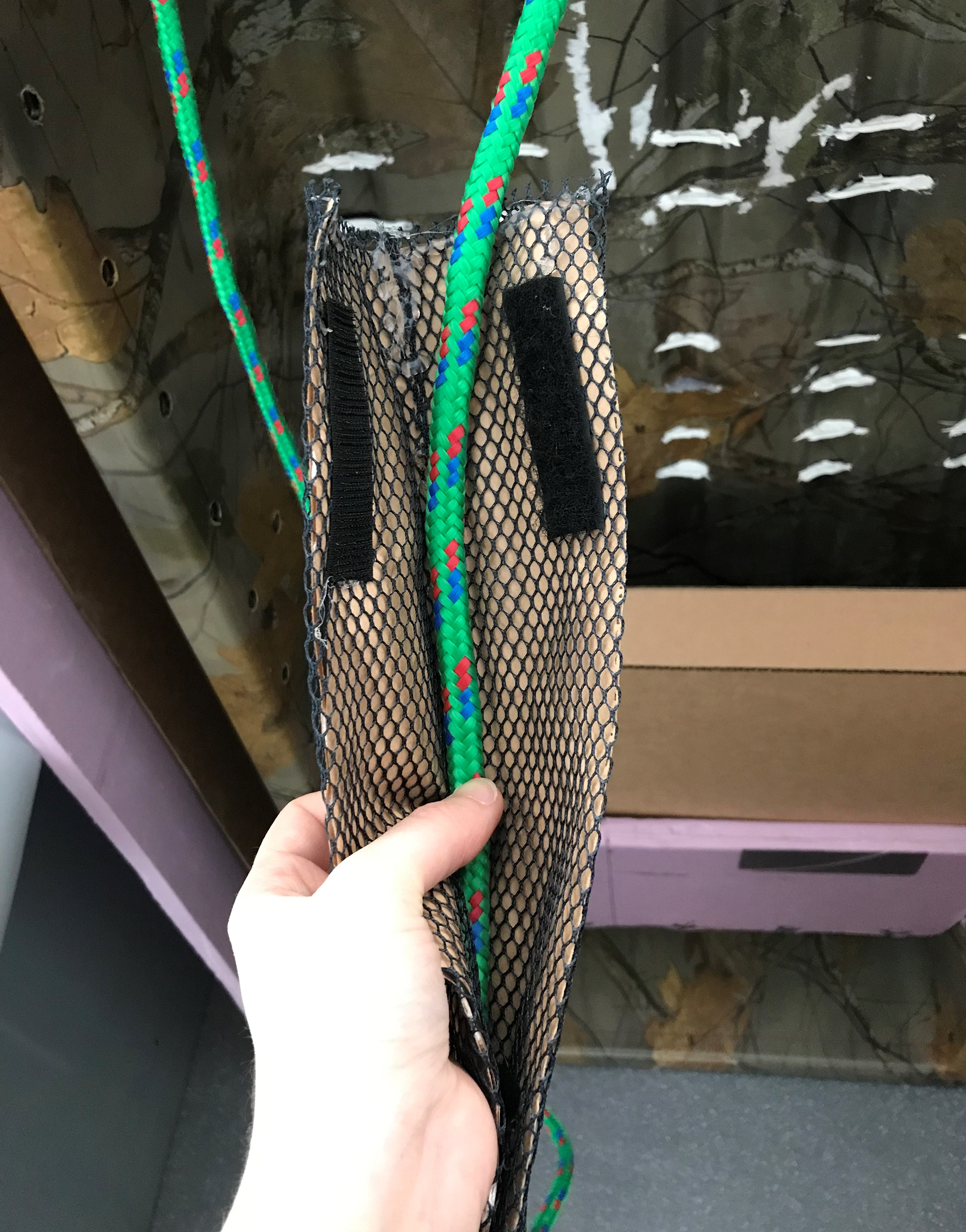
Pull line strap opened

Pull line strap on shoulder
Final Design
After testing the prototypes and conducting further interviews with research experts and designers, many of the choices made in prototyping were finalized. The color scheme is a neutral gray to avoid over heating and a bright green to tie back to the name of the product, the GreenSled, which was named due to the connection it had to my sister and I and our shared last name of Green.
Features
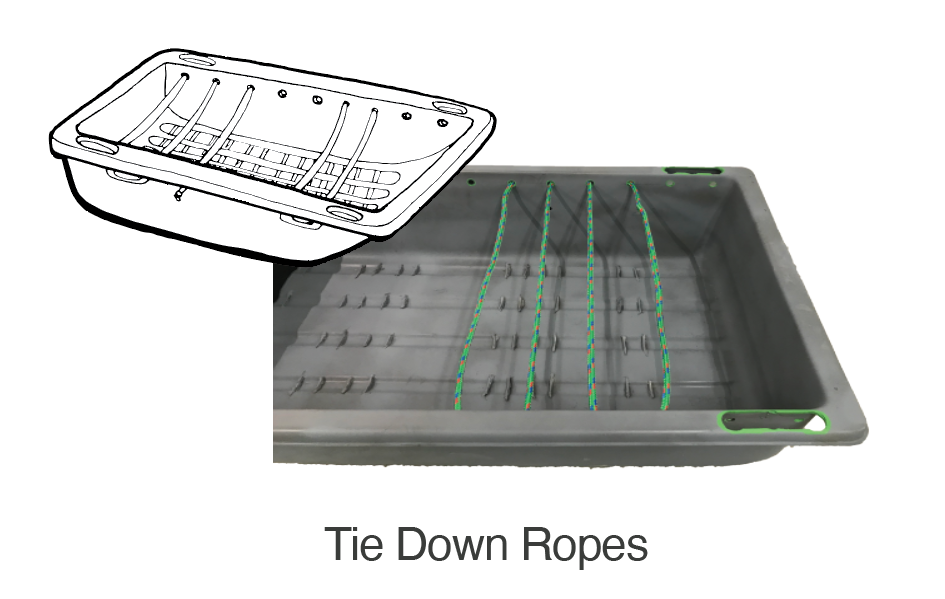
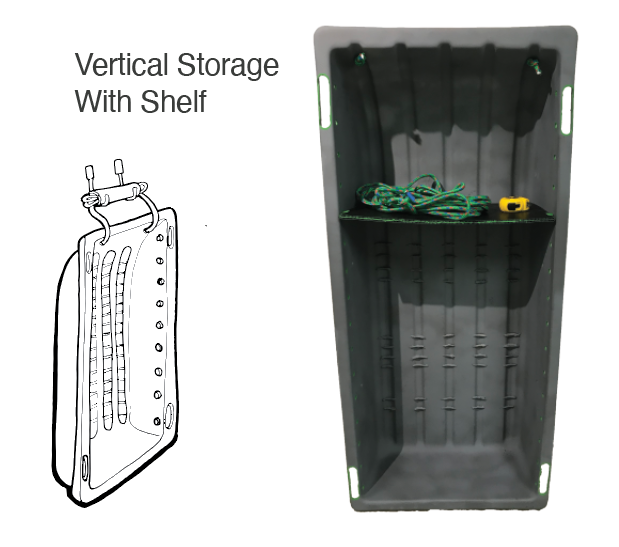
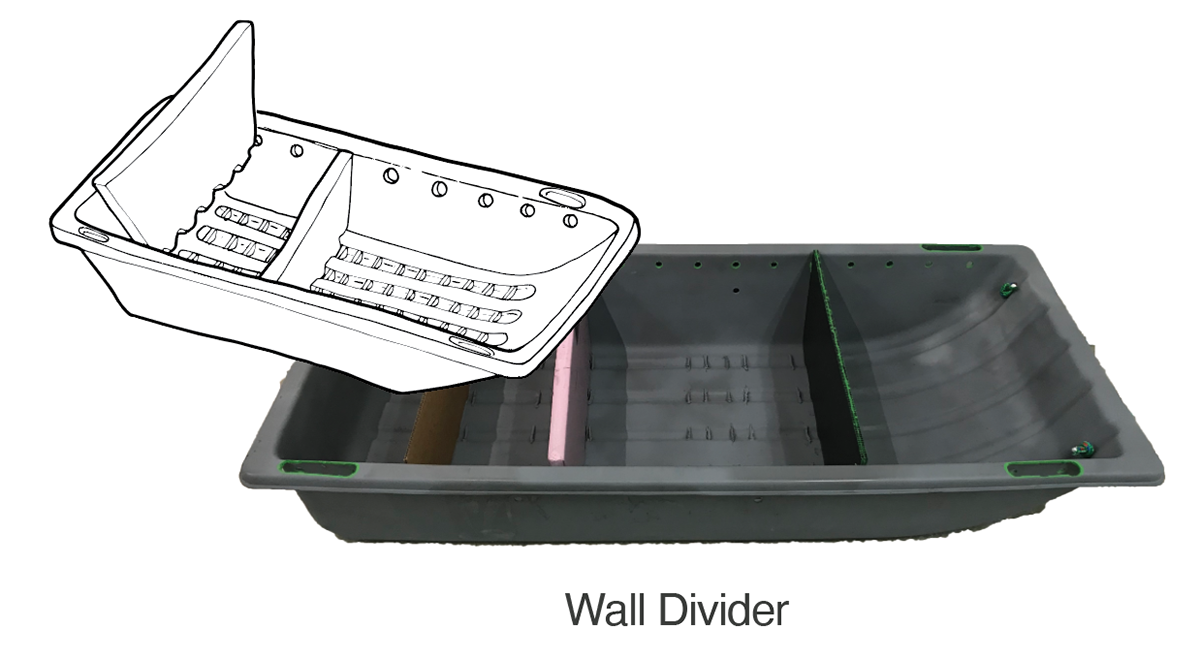
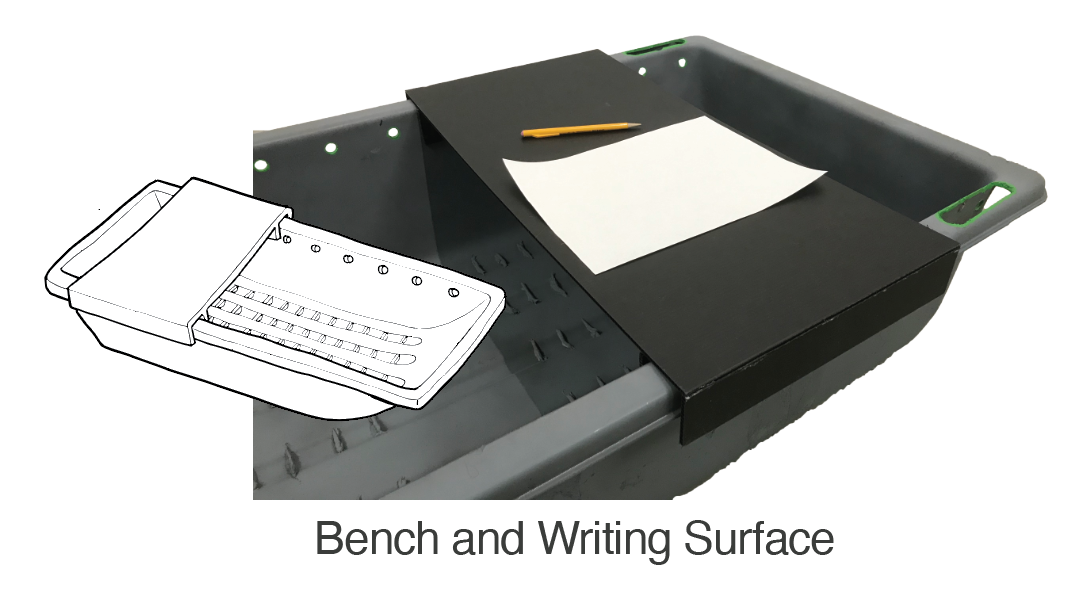

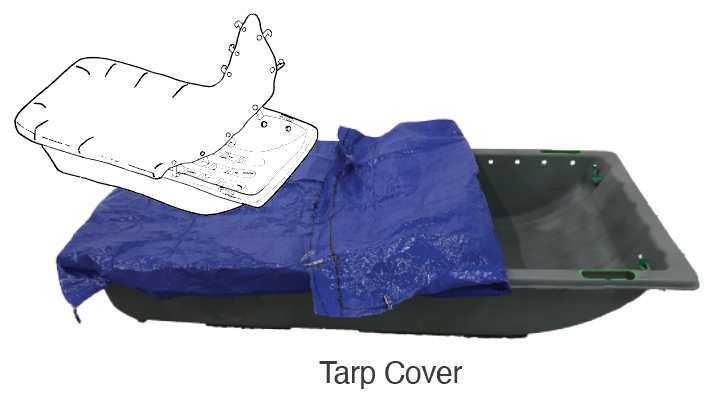
Accessories
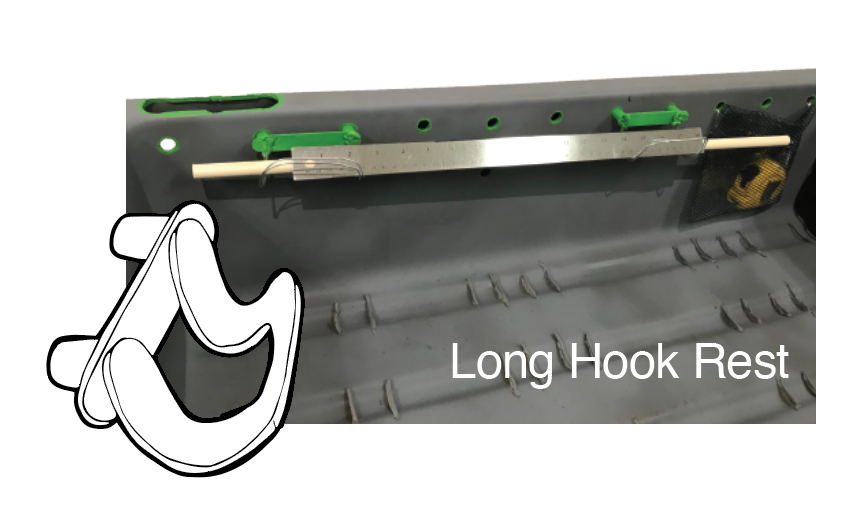
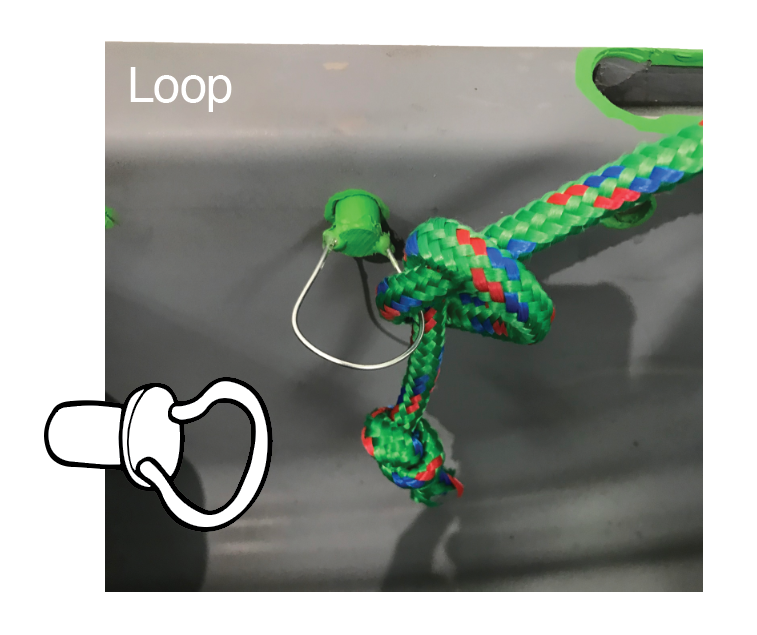
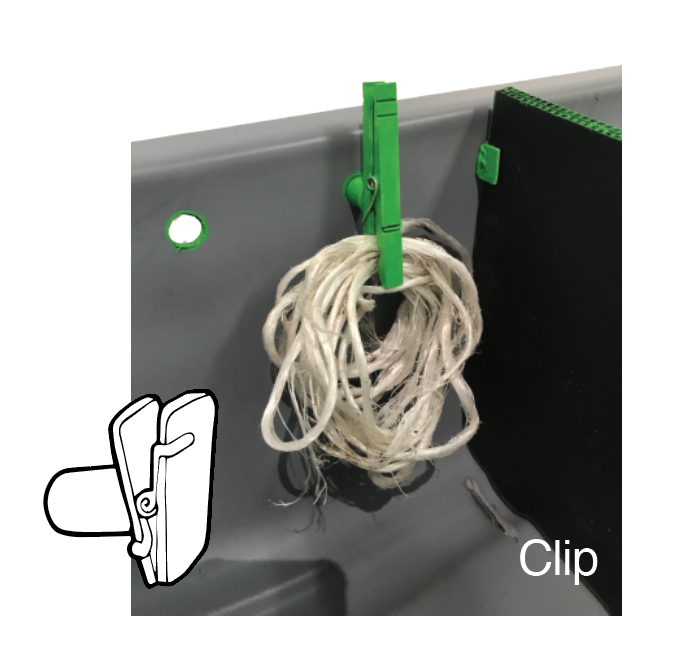

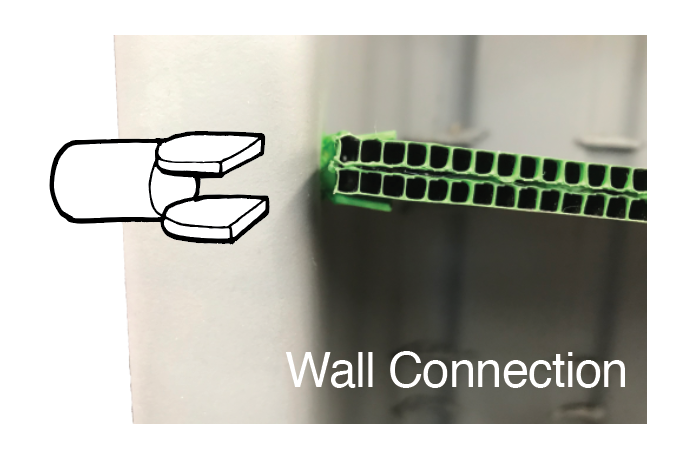
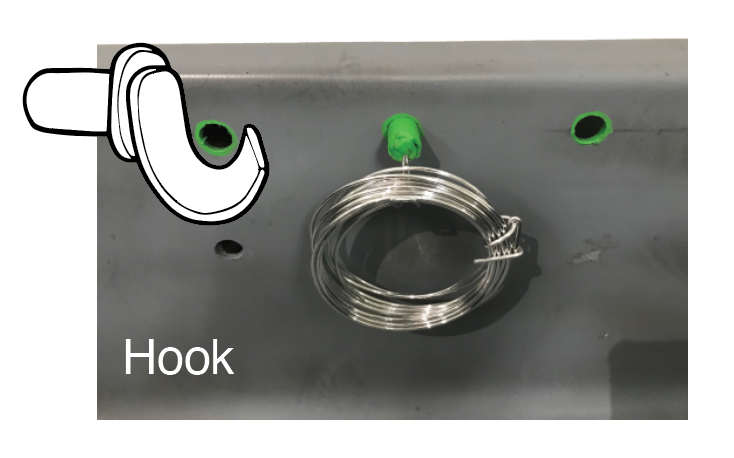

Capstone Gallery Exhibit
Reflection
After working on this project for two semesters, I realized the most important thing to understand about a project is the scope you have to work in and what you can get done with that. With more time and a larger budget, I would have liked to advance the final prototype to increase usability so it could be donated to my research experts that helped my with this project. I also would have liked to continue to research more sustainable manufacturing options for the product.
Project Skills
Solo Project Management
Reaching Out and Interviewing Experts
Divergent Sketching
Physical Prototyping
Sustainable Research

